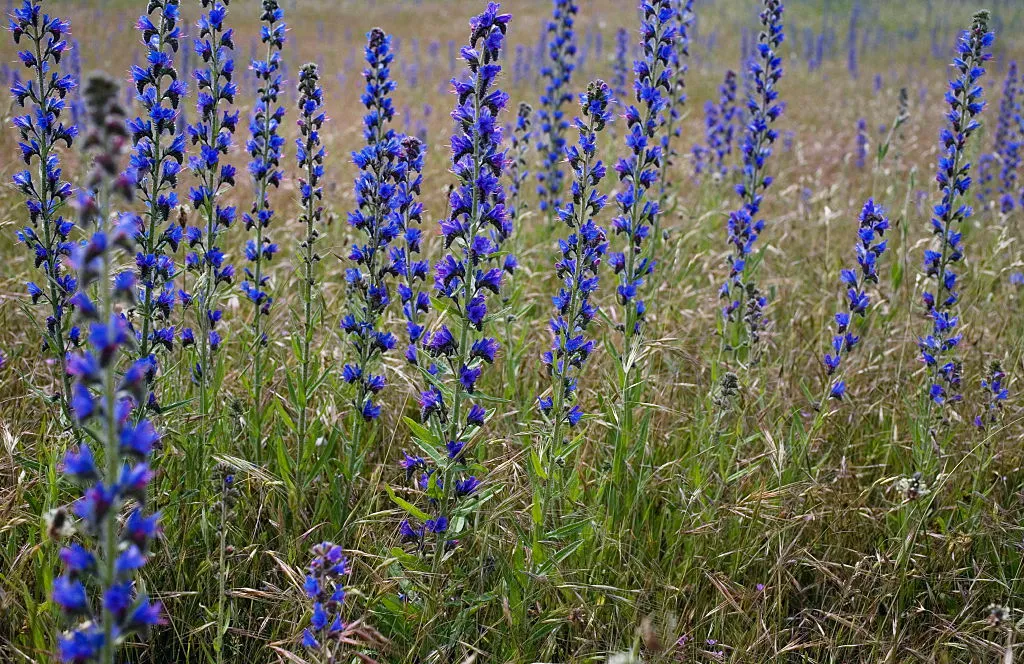Five years of findings on which garden flowers are the most popular for British pollinators have been analysed in a recent paper.
Much of the current advice on pollinator friendly plants available online is inconsistent and sometimes contradictory.
This new, evidence-based study suggests 20 of the best species we can plant in order to support a diverse range of pollinators, throughout the year.
87 per cent of all plant species on Earth require pollinators such as bees, butterflies and hoverflies, including 75 per cent of the crops we grow. Without pollinators, we wouldn’t have a wide range of food – such as strawberries, apples, coffee or chocolate to name a few.
Pollinator populations are in decline world-wide, but urban environments can support a surprisingly high diversity of species.

“Urban areas are a mix of gardens, parks, road verges, brownfield sites, cemeteries, allotments and so on, so on average they contain many more flowers than in modern, intensively farmed land,” says Professor Dave Goulson, co-author on the paper and founder of the Bumblebee Conservation Trust.
The trouble is knowing which species to plant; there’s so many to choose from.
“We have found that native flowers tend to attract a greater diversity of pollinators," he adds. "So I would encourage everyone to squeeze in as many natives as possible – viper’s bugloss, betony, foxglove and wild geranium, for example, are all good bee plants”.

111 different plant species were cultivated for this study in South Oxfordshire, and over 10,000 individual insects were recorded and identified.
Goulson highlights that we should remember to keep the less well-known pollinators in mind, such as solitary bees and hover flies, when choosing which species to plant.
As a result of this study, the authors have suggested 20 plants below to cater for a maximum diversity of pollinators (see below). This list is not exhaustive, but it’s a good start.

20 of the best flowering plants for pollinators
Best species for maximum attraction of insects:
- Lesser calamint Calamintha nepeta
- Cranesbill Geranium rozanne
- Sneezeweed Helenium autumnale
- Wild marjoram Origanum vulgare
- Borage Borago officinalis
Best species for diversity:
- Field forget-me-not Myosotis arvensis
- Common walerian Valerian officinalis
- Common knapweed Centaurea nigra
- Goldsturm Rudbeckia fulgida
- Flat sea holly Eryngium planum
- New York aster (ster novi belgii
- Viper’s bugloss Echium vulgare - good for long tongued bumble bees
- Catnip Nepeta racemosa - good for long tongued bumble bees
- Dyer's chamomile Anthemis tinctorial - good for solitary bees
- Purple top vervain Verbena bonariensis - good for butterflies and moths
- Canada goldenrod Solidago canadensis - good for hoverflies
Best species for early spring flowering:
- Lungwort Pulmonaria officinalis
- Mountain bluet Centaurea montana
- Catmint Nepeta mussini
- Bowle’s mauve Erysimum bicolor - a good all rounder